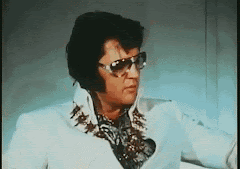On Our Watch
Since 1970, the prison population exploded from under 300,000 to eight times that number now. In the December 1998 Atlantic, Eric Schlosser called it "The Prison-Industrial Complex," a recent phenomenon with about 1,000 new prisons and jails built in the 1980s and 90s, and the trend continues in the new millennium, not because of more crime, because of getting "tough" on it against more people getting longer sentences under harsher conditions.
Marc Mauer, author of "Race to Incarcerate," says America locks up people at five to eight times the rate of other industrialized nations, including many who shouldn't be there in the first place. Nearly two-thirds are blacks and Latinos. The vast majority are poor and disadvantaged. One in three black males and one in six Latino males will be imprisoned at some point in their lives. Black males are imprisoned at nine times the rate for whites, and in some states up to 26 times. Penalties include "mandatory minimums, one size fits all (and) three strikes and you're out." Yet from 1970 - 1994, violent crime rates were stable, and the overall rate fell. The murder rate is the lowest since 1966, and from 1980 - 2000 it dropped 43%. It costs as much or more to imprison someone as send them to college and for older inmates three times as much. Higher incarceration rates for longer periods is unrelated to the crime rate. The prison-industrial complex is one of America's biggest growth industries, exceeding $60 billion annually, and private security adds another $100 billion. Crime fighters and prisoners comprise around 4% of the workforce.






















No comments:
Post a Comment